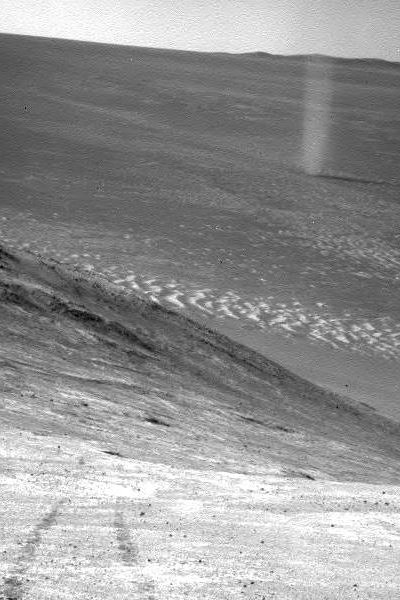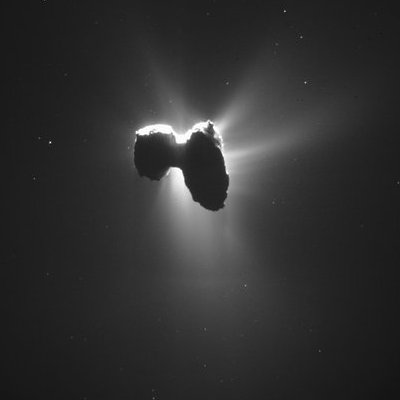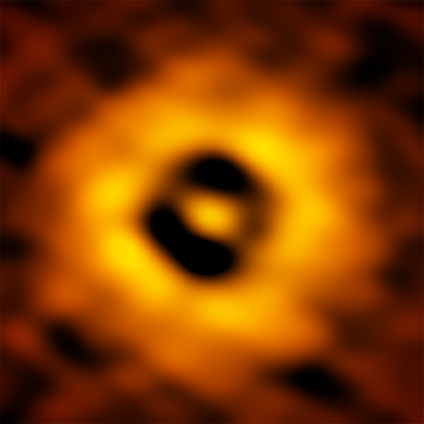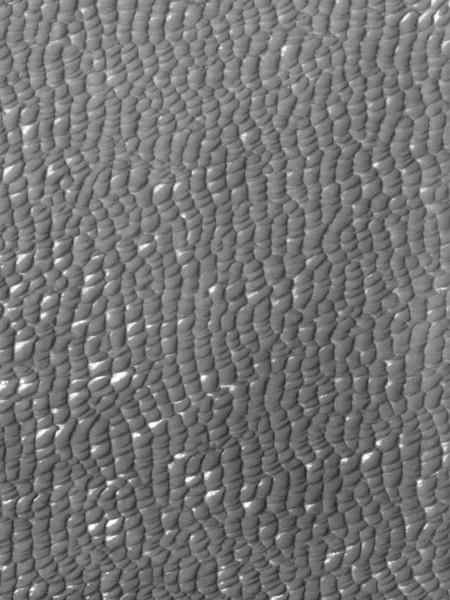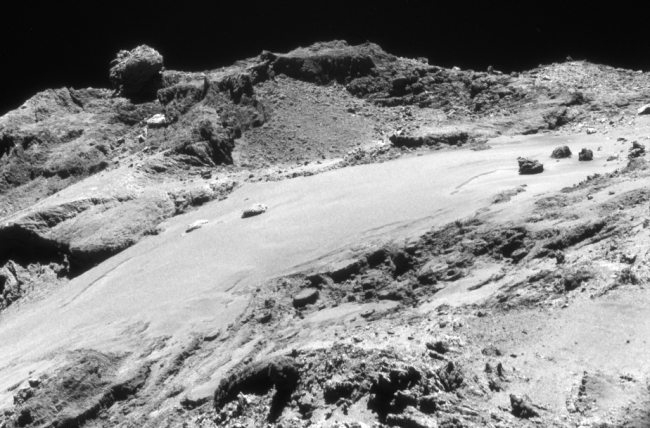Kepler in trouble
Engineers report that the Kepler space telescope went into safe mode about two days ago.
During a scheduled contact on Thursday, April 7, mission operations engineers discovered that the Kepler spacecraft was in Emergency Mode (EM). EM is the lowest operational mode and is fuel intensive. Recovering from EM is the team’s priority at this time.
The mission has declared a spacecraft emergency, which provides priority access to ground-based communications at the agency’s Deep Space Network. Initial indications are that Kepler entered EM approximately 36 hours ago, before mission operations began the maneuver to orient the spacecraft to point toward the center of the Milky Way for the K2 mission’s microlensing observing campaign.
This brief report does not look good. If the spacecraft is in a “fuel intensive” mode, it means it is using extra fuel to survive. This suggests that if they don’t recover it soon it might run out of the fuel and be lost forever.
Engineers report that the Kepler space telescope went into safe mode about two days ago.
During a scheduled contact on Thursday, April 7, mission operations engineers discovered that the Kepler spacecraft was in Emergency Mode (EM). EM is the lowest operational mode and is fuel intensive. Recovering from EM is the team’s priority at this time.
The mission has declared a spacecraft emergency, which provides priority access to ground-based communications at the agency’s Deep Space Network. Initial indications are that Kepler entered EM approximately 36 hours ago, before mission operations began the maneuver to orient the spacecraft to point toward the center of the Milky Way for the K2 mission’s microlensing observing campaign.
This brief report does not look good. If the spacecraft is in a “fuel intensive” mode, it means it is using extra fuel to survive. This suggests that if they don’t recover it soon it might run out of the fuel and be lost forever.


